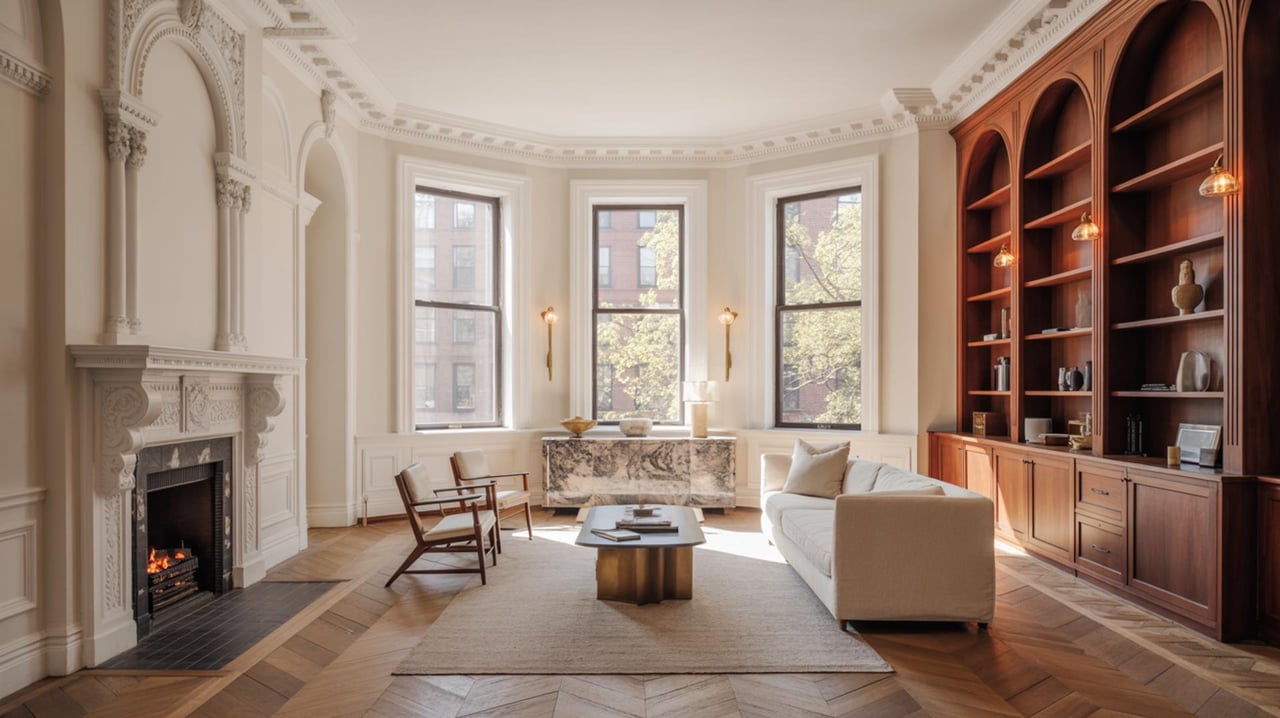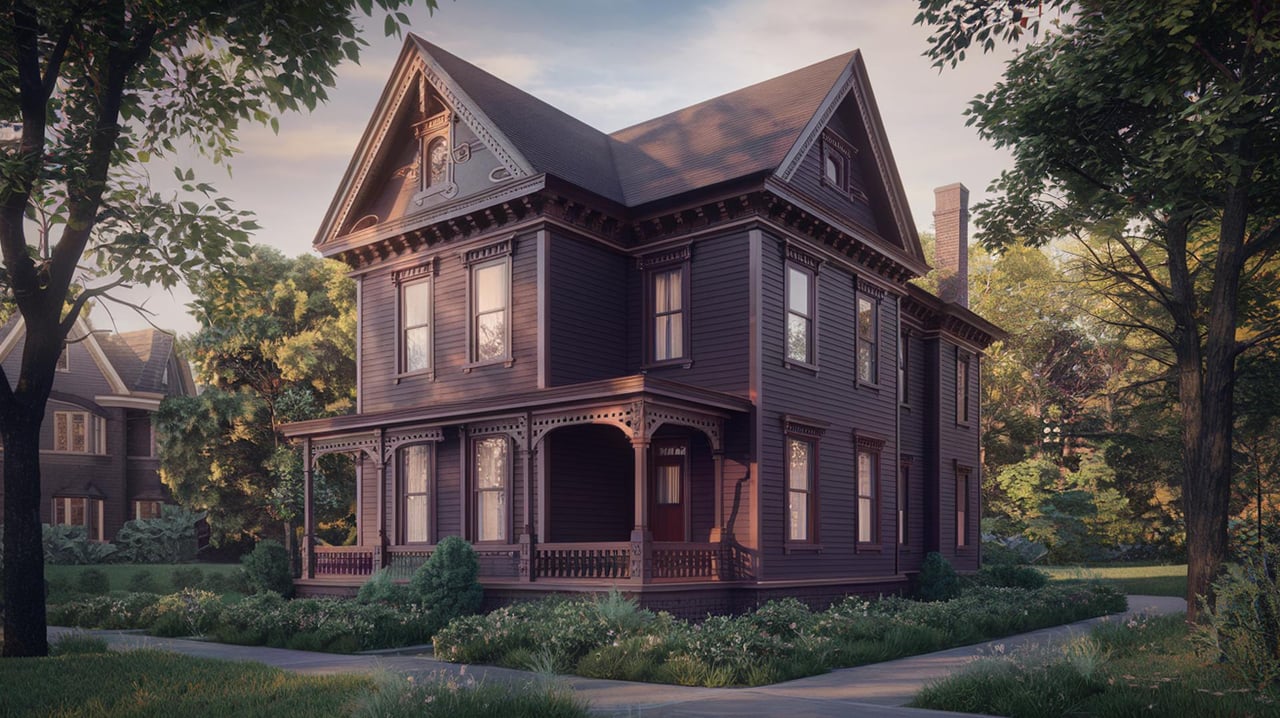Understanding how to choose the right colors for each room can significantly impact the ambiance and aesthetic appeal of your home. Whether you’re considering a Newport, RI property for sale or planning to refresh your current residence, the science of color can guide you in creating harmonious and visually pleasing spaces. This guide explores the principles of color selection and provides practical tips on how to choose colors for a room.
Introduction to Color Theory
The Basics of Color Theory
Color theory is the foundation for understanding how colors interact and the effects they have on our emotions and perceptions. The color wheel, developed by Sir Isaac Newton in the 17th century, organizes colors into a visual representation of relationships. Primary colors (red, blue, yellow) combine to form secondary colors (green, orange, purple), and tertiary colors are created by mixing primary and secondary colors.
The Psychology of Color
Colors have psychological effects that can influence mood and behavior. Warm colors like red, orange, and yellow are stimulating and energizing, while cool colors like blue, green, and purple are calming and relaxing. Neutral colors such as white, gray, and beige provide a balanced backdrop, allowing other colors to stand out.
Choosing Colors for Different Rooms
Living Room: Warm and Welcoming
The living room is a central gathering place for family and friends. To create a warm and inviting atmosphere, consider using warm colors such as shades of beige, tan, or soft yellows. These hues promote social interaction and comfort. For those looking at a Newport, RI property for sale, incorporating coastal-inspired colors like sandy beige or light blue can enhance the local charm.
Kitchen: Energetic and Inviting
Kitchens benefit from colors that stimulate appetite and conversation. Warm colors like red and yellow are known to increase energy levels and evoke a sense of warmth. However, it's essential to balance these intense colors with neutral tones to prevent the space from feeling overwhelming. Soft whites and light grays can complement bold accents effectively.
Bedroom: Calm and Relaxing
The bedroom should be a sanctuary for rest and relaxation. Cool colors such as blue, green, and lavender are ideal for creating a serene environment. These colors lower blood pressure and heart rate, promoting restful sleep. When considering how to choose colors for a room, particularly a bedroom, opt for softer shades and avoid overly bright or stimulating hues.
Bathroom: Clean and Refreshing
Bathrooms often benefit from clean, fresh colors that enhance the sense of hygiene and relaxation. Light blues, greens, and soft neutrals can create a spa-like atmosphere. White is a classic choice that exudes cleanliness, but adding subtle accents of color can prevent the space from feeling too sterile.
Home Office: Focus and Productivity
The home office requires a balance of energy and calm to foster productivity. Colors like green and blue can enhance focus and efficiency. Green, associated with nature, is refreshing and easy on the eyes, making it an excellent choice for prolonged periods of work. Blue tones can also promote a sense of order and concentration.
Tips for Choosing Paint Colors
Consider Natural Light
Natural light plays a significant role in how colors appear in a room. South-facing rooms receive warm, golden light, making cool colors appear more balanced. North-facing rooms, with cooler light, can benefit from warmer hues to counterbalance the cooler natural light. Always test paint samples on different walls and observe them at various times of the day.
Use Color Flow
Creating a cohesive color flow throughout your home ensures a harmonious transition from room to room. This doesn't mean every room needs to be the same color, but rather that the colors should complement each other. For instance, if your living room features a soft beige, a connecting hallway could use a lighter or darker shade of the same hue.
The 60-30-10 Rule
Interior designers often use the 60-30-10 rule to balance colors in a room. This rule suggests that 60% of the room should be a dominant color, 30% a secondary color, and 10% an accent color. This approach ensures that the color scheme is well-proportioned and visually appealing.
Consider the Room's Purpose
When choosing colors, always consider the room's purpose and how you want to feel in that space. Energetic, stimulating colors may be perfect for a kitchen or playroom but might not be suitable for a bedroom or reading nook. Align your color choices with the desired mood and function of each room.
Test Before Committing
Before committing to a color, test it in the room. Paint small sections of the wall and observe how the color looks at different times of the day and under different lighting conditions. This step helps ensure that the chosen color achieves the desired effect.
Trends and Timeless Choices
Current Color Trends
Staying informed about current color trends can provide inspiration and keep your home looking modern. In recent years, trends have included earthy tones, muted pastels, and deep, rich colors like navy blue and forest green. While trends can be a great source of ideas, always prioritize colors that you love, and that suit your personal style.
Timeless Neutrals
Neutral colors are timeless and versatile, providing a flexible backdrop that can adapt to changing trends and personal preferences. Shades of white, gray, beige, and taupe offer a sophisticated and classic look that never goes out of style. These colors are also a safe choice for those planning to sell their home, as they appeal to a broad range of buyers.
Conclusion
Choosing the right paint colors for each room involves a blend of understanding color theory, considering the room's purpose, and personal preference. By following these guidelines, you can create a cohesive and inviting home environment that reflects your style and enhances your quality of life. Whether you’re sprucing up a Newport, RI property for sale or your own home, knowing how to choose colors for a room can transform your living spaces.
Contact Joseph Costa
Ready to find the perfect home with the ideal color palette? Contact Joseph Costa today to explore beautiful properties and expert advice on how to make your home truly shine.




